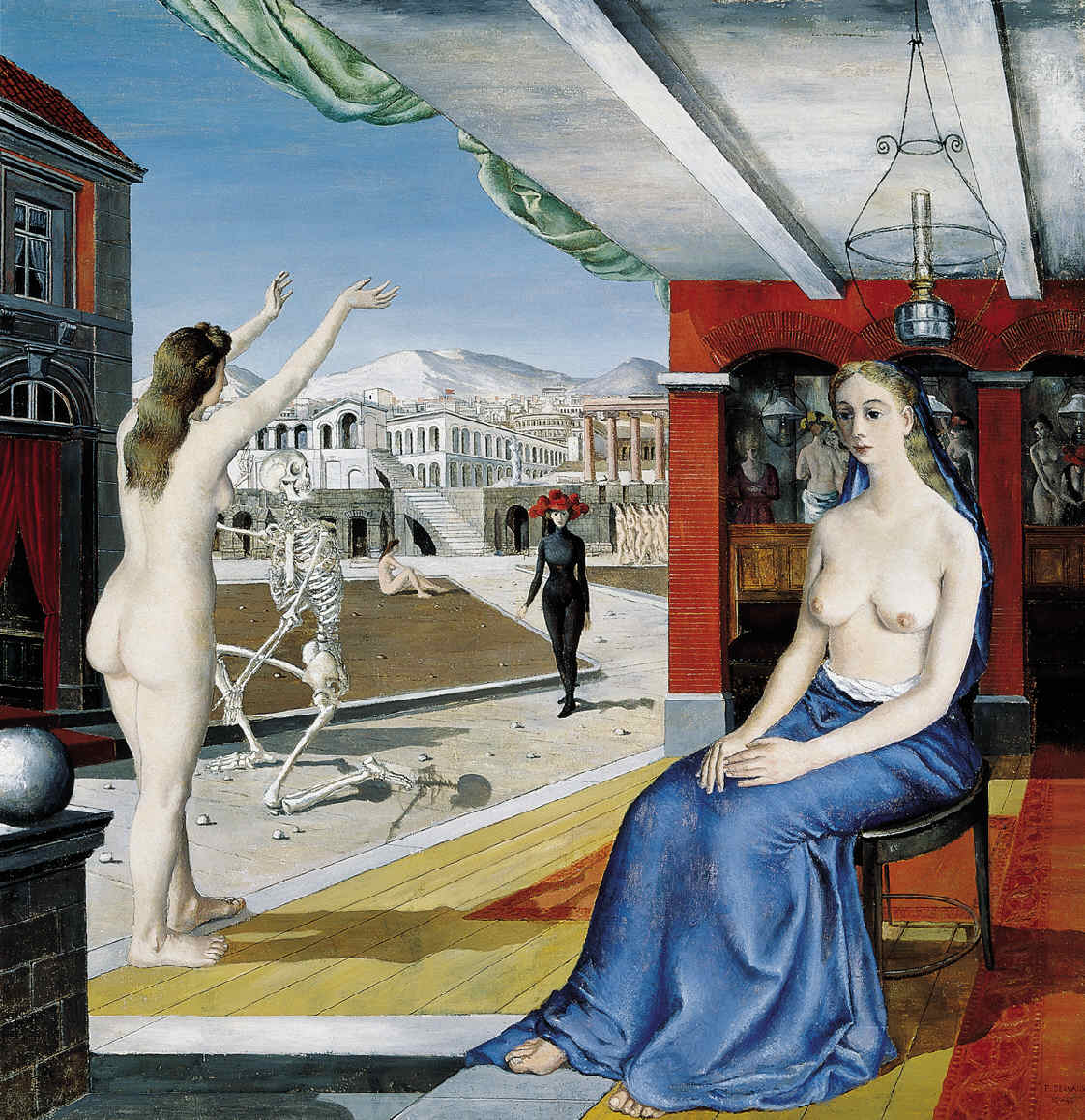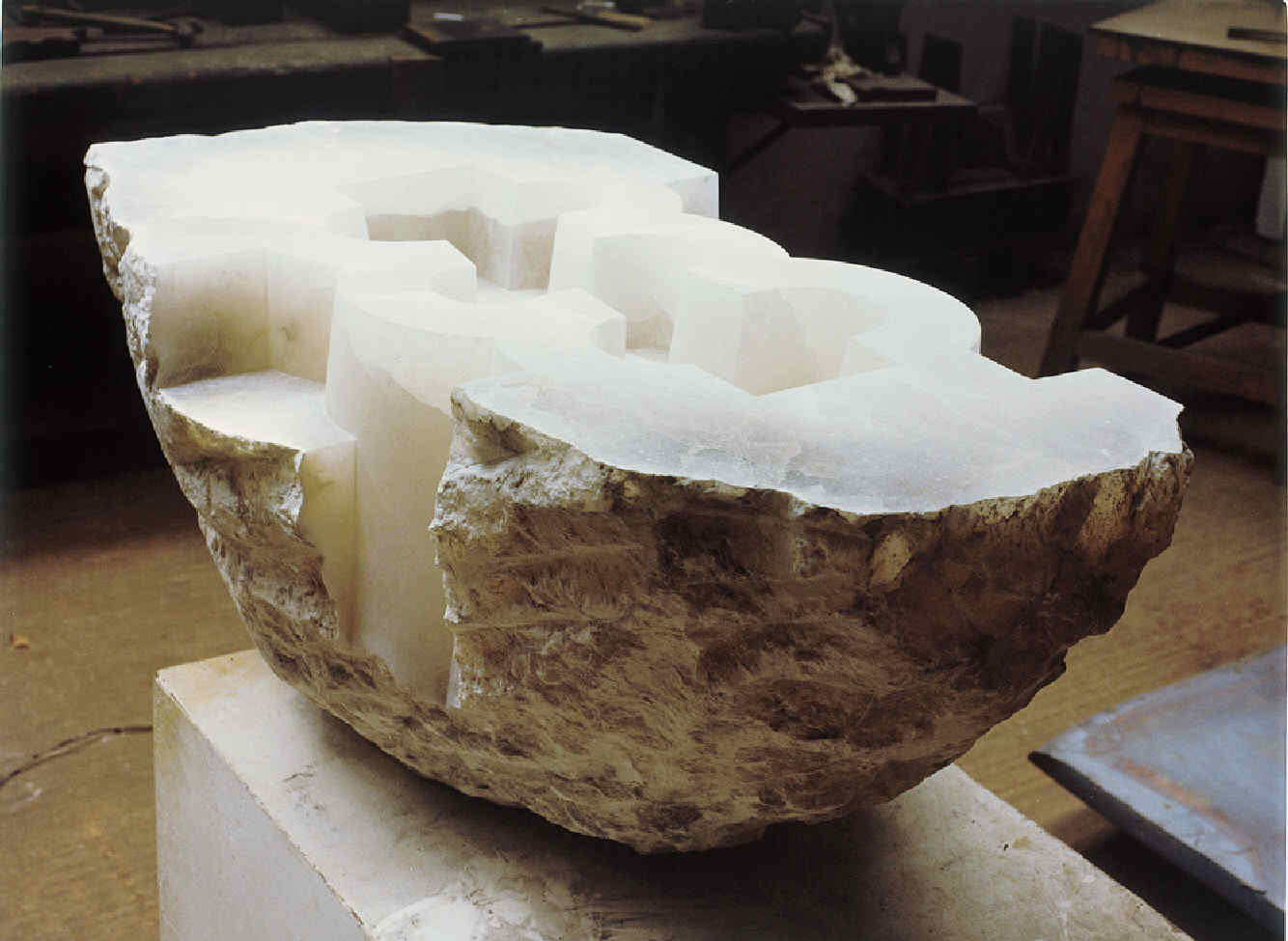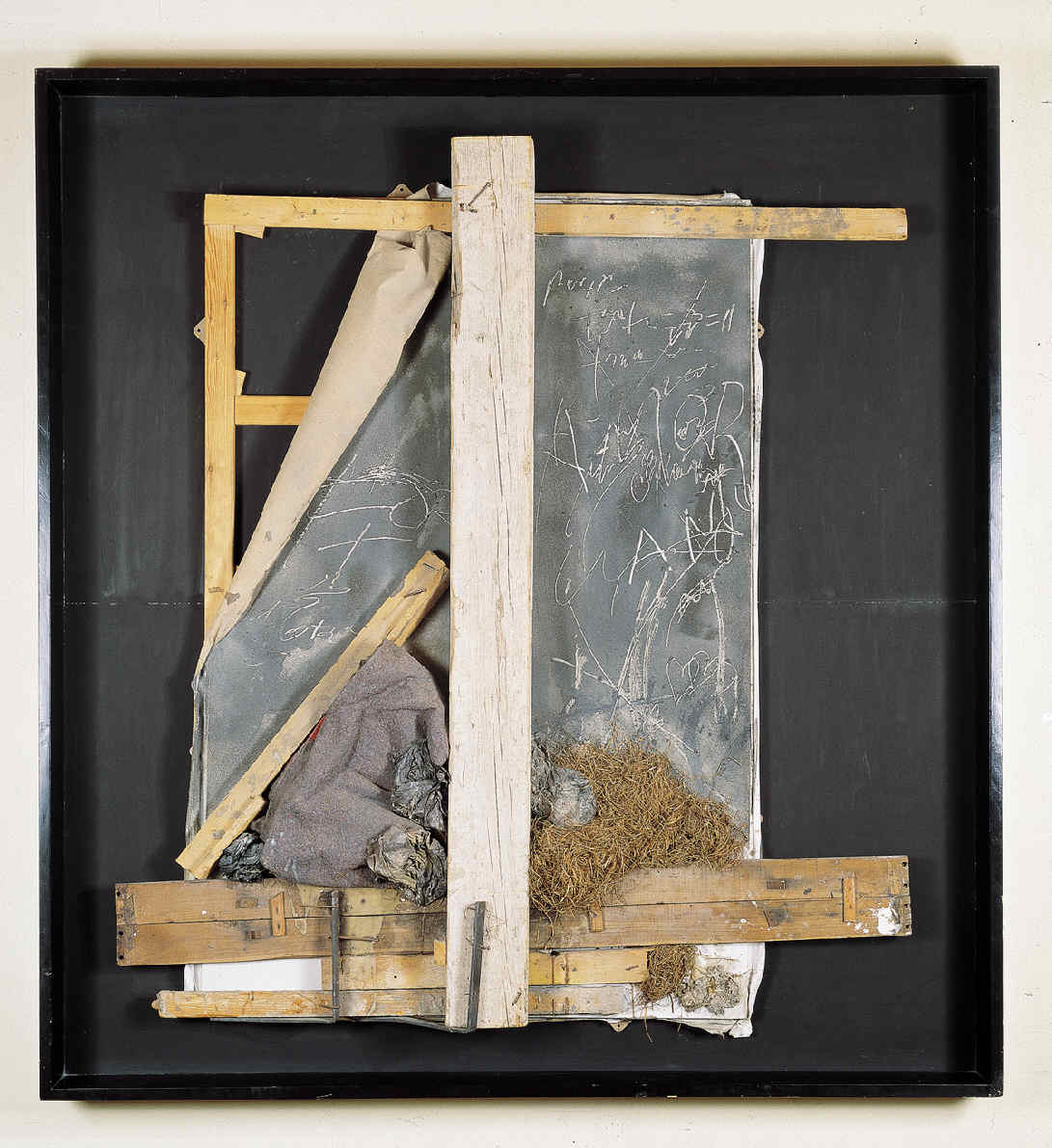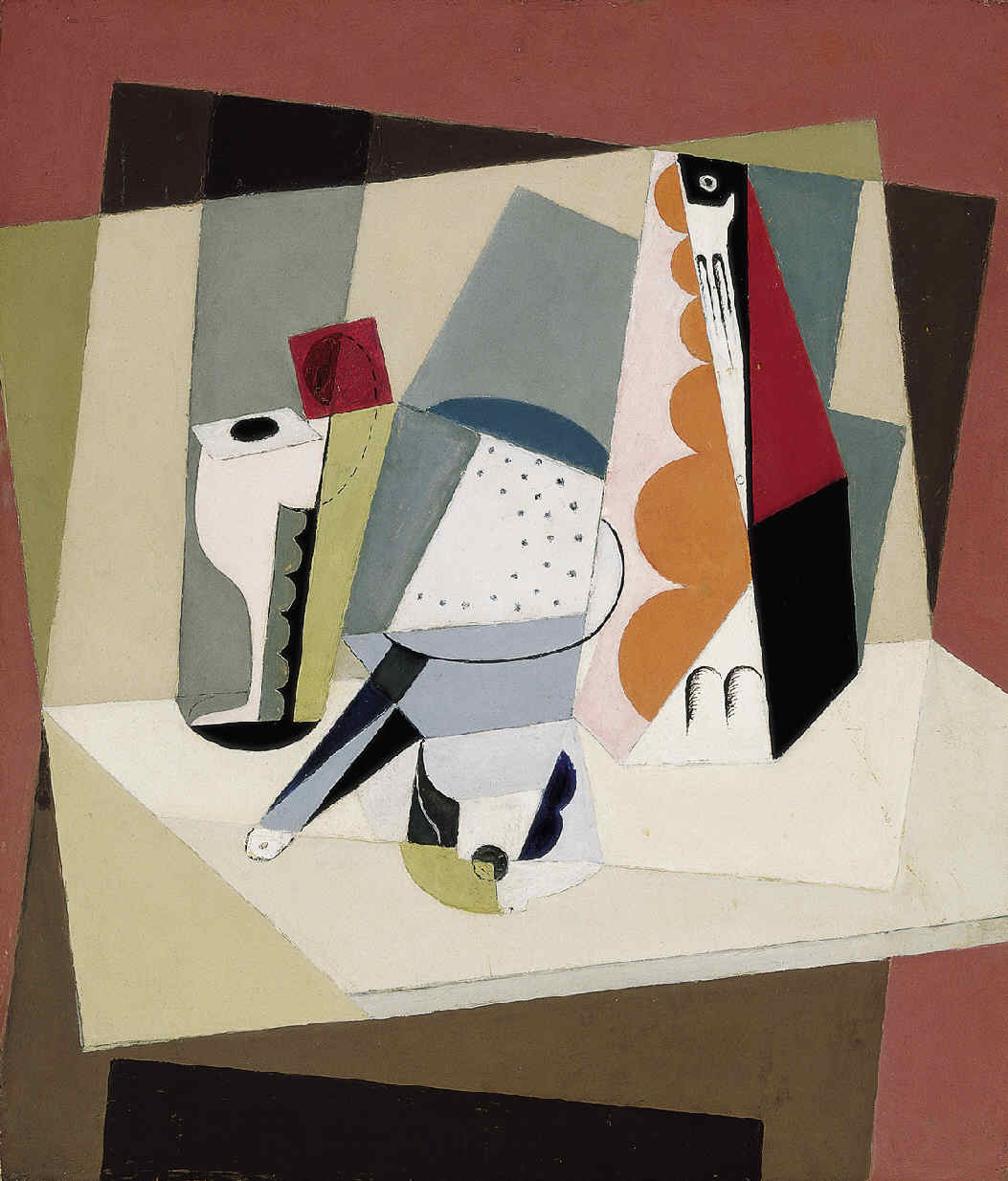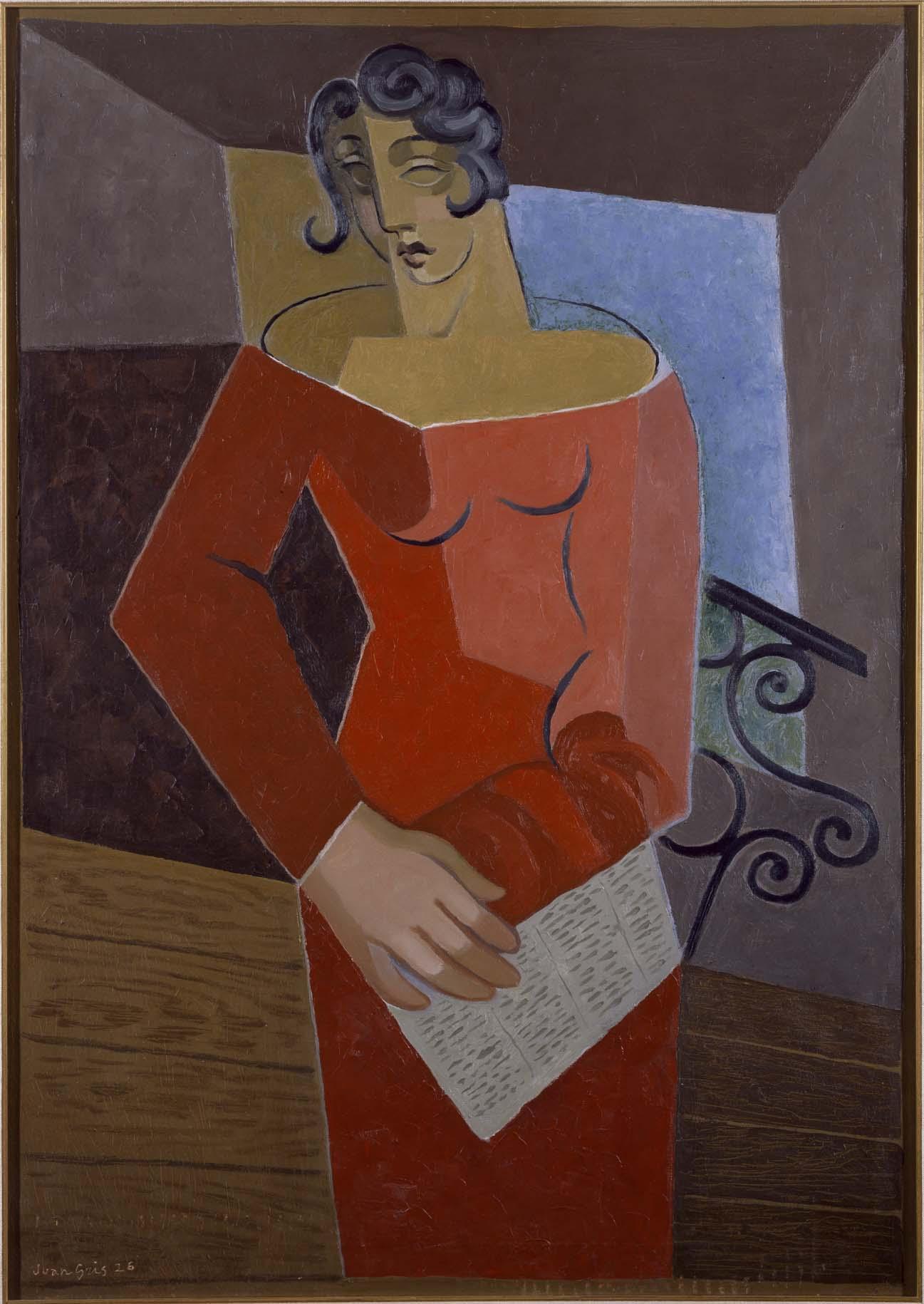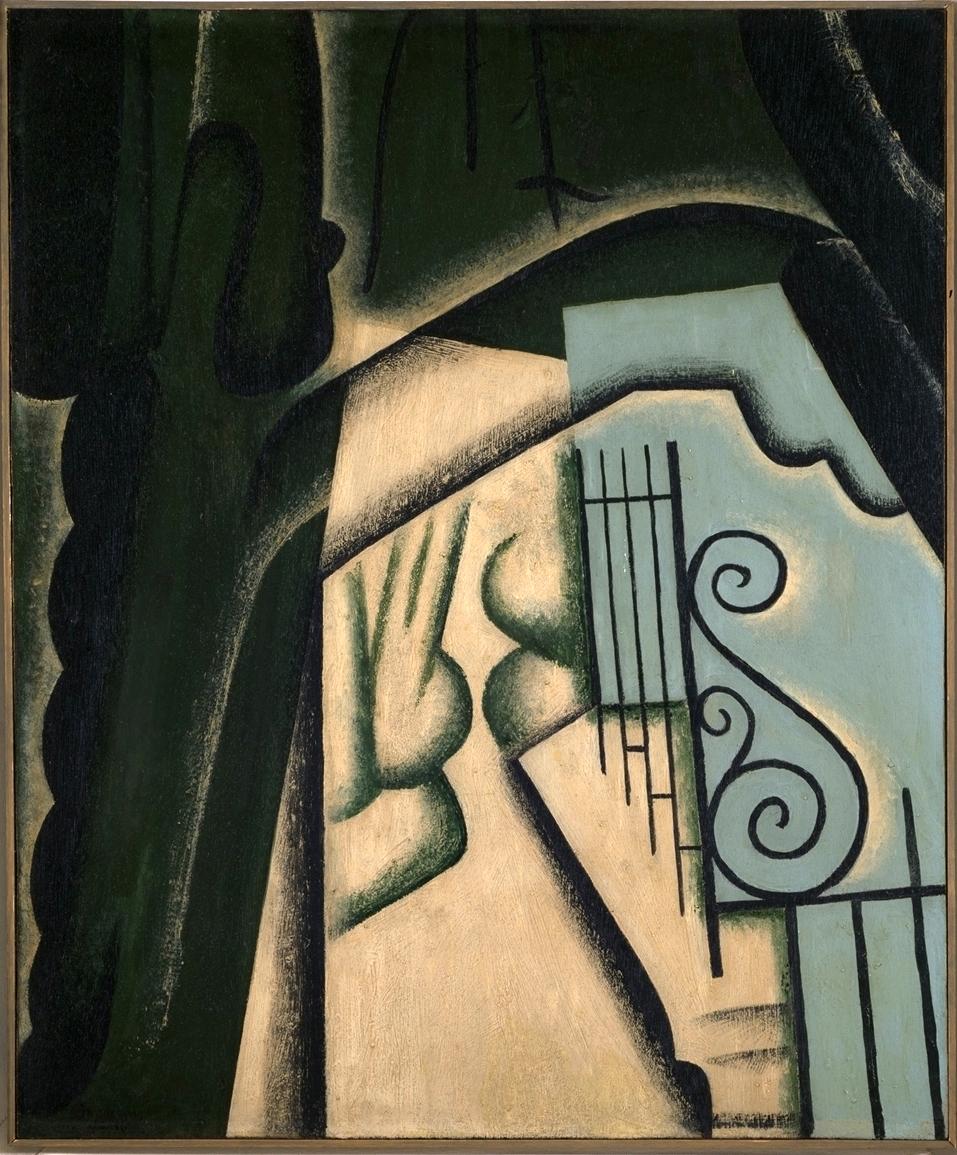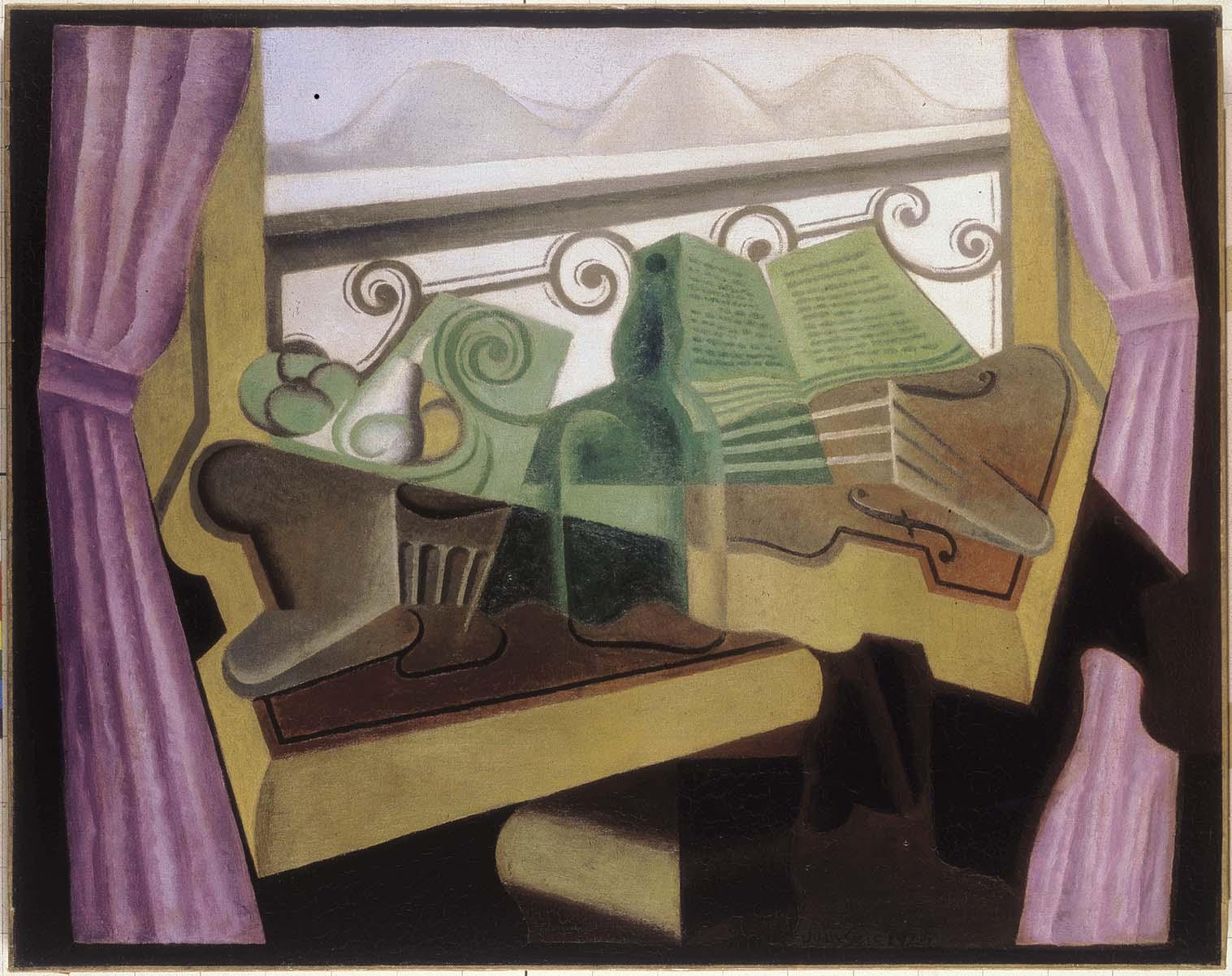
Is it possible to have an art exhibition without the physical works of art? Is it possible to be moved without seeing the artistic object itself? ‘Intangibles. A digital exhibition from the Telefónica Collection' is an innovative experimental project that invites us to ponder these questions through the reinterpretation of works by artists from the Telefónica Collection.
Is it possible to have an art exhibition without the physical works of art? Is it possible to be moved without seeing the artistic object itself? ‘Intangibles. A digital exhibition from the Telefónica Collection' is an innovative experimental project that invites us to ponder these questions through the reinterpretation of works by artists from the Telefónica Collection.
The Internet, Google, social networks, smartphones, apps, selfies, virtual reality, big data, artificial intelligence… Technology has changed the world, our vision of it and of ourselves. And what about art? How has the digital revolution affected our way of approaching art and our knowledge of it?
‘Intangibles. A digital exhibition from the Telefónica Collection’ is an innovative and experimental project created as a response to the challenges that have arisen from the digital revolution and its unstoppable changes. Inspired by emblematic pieces of the Telefónica Collection, we devised an exhibition with digital experiences that will be exhibited simultaneously in seven Latin American cities: Mexico City, Mar de Plata, Montevideo, Bogotá, Quito, Santiago de Chile and Lima as well as Spain. A ground-breaking project in its concept and global character, it also transcends the space/time framework, where one of its strengths is its simultaneity: all the exhibition venues will be connected in real time and will share some of the contents and experiences.
Is it possible to have an art exhibition without the physical works of art? Is it possible to be moved without seeing the artistic object itself? What other kind of experiences can a digitally exhibited work of art provide? Through a selection of some of the most significant artists from the Telefónica Collection: Joaquín Torres García, Roberto Matta, Juan Gris, René Magritte, Paul Delvaux, Eduardo Chillida, María Blanchard and Antoni Tàpies, the exhibition shows digital experiences specifically designed for each artist, applying technologies ranging from VR, photogrammetry, videomapping, 3D immersion and surround experience, the development of image analysis software and technology, and digital painting, among others.
*Download more information about ‘Intangibles, a digital exhibition from the Telefónica Collection’
The aim of the exhibition is to reflect on how the digital revolution has had an impact on the way we approach art, on its physical and sensory limits, on its almost ubiquitous ability to reproduce itself and on the fragility of certain traditional criteria and values; the challenge is to enrich the traditional interpretation of the interaction between art and the viewer, exploring the possibilities of technology in the way in which we look, feel, interpret and learn with these works of art. Technology at the service of culture can heighten the sensations that art produces in the viewer, generate different emotions, challenge the audience to actively participate and, above all, open up new avenues to knowledge about the artist and their work which, in short, is our purpose.
The exhibition can be seen on the 3rd floor of the Espacio Fundación Telefónica from Friday 11 October 2019 at 2 p.m. until 23 February 2020.
The identity of ‘Intangibles’
The ‘Intangibles. A digital exhibition from the Telefónica Collection’ project thus consists of a series of experiences designed with different types of technologies such as VR, photogrammetry, videomapping, 3D, the development of image analysis software and technology, and digital painting that digitally interpret the work of famous artists from the Telefónica Collection.
Paul Delvaux. ‘L’appel’
A Virtual Reality experience in which the work has been completely reconstructed in 3D. Technological elements of the installation: Virtual Reality technology and digital reconstruction of the work with 3D graphics in real time.
Eduardo Chillida. ‘Homenaje a la mar III’ (Homage to the Sea III)
In this case, Chillida’s sculpture is reconstructed in 3D from a technique known as photogrammetry. This technique consists of photographing an object from many angles to reconstruct it digitally. Technological elements of the installation: Immersive experience based on 3D scanning of the physical work. Photogrammetry and surround sound recreated through 5 audio channels.
Joaquín Torres García. ‘Constructivo en blanco y negro’ (Black and White Constructive)
For Torres García’s work, an application is created where through a touch screen, the viewer is made to choose from among the different words and symbols in the author’s universe.
In the first part of the experience, the visitor must choose between a series of terms that are displayed on the screen which appear and disappear randomly. Based on these decisions, a database is created where, at the end of the exhibition, it will be possible to analyse with Big Data tools if there is any behavioural patterns common to different countries or in general, globally. Technological elements of the installation: Touch screens, development of software for the selection of random words and symbols and a database manager connected between the different participating venues.
Roberto Matta. ‘Psychological morphologies’ (Psychological Morphologies)
This installation also consists of two parts: image analysis and digital painting. Users will be able to paint with six types of brushes and when moving them around the space they will see how strokes are projected before them, following their movement. Each brush has different paint properties. Technological elements of the installation: Generation of organic particles in real time through a 3D rendering engine, augmented reality technology to locate brushes in space and development of Digital Paint software.
René Magritte. ‘La Belle Société’
In this experience, image analysis software will be able to distinguish human figures from the rest. The software will extract the position of the viewers who are standing in front of the camera in real time to manoeuvre a virtual avatar. This silhouette will be projected on the screen and the textures that we see in Magritte’s painting, such as leaves and flowers will be displayed on it. Technological elements of the installation: Generative and motion graphics, and image analysis software and technology with IR depth camera.
Juan Gris. ‘La guitare sur la table’ (The Guitar on the Table)
A large wall with four lines in the form of guitar strings will function as an enormous musical instrument. When the users pluck these strings, the music will play. This music will be transformed into a quantised cubist composition. Technological elements of the installation: Lidar sensors, quantised procedural music, motion detection software and video mapping.
Antoni Tapies. ‘Assemblage amb graffiti’ (Assemblage and Graffiti)
This installation uses the technique of photogrammetry to digitally reconstruct the shapes and textures of Tapies’ work. From this geometry the work is dissected into four fragments which are sent to a numerically controlled milling machine. This milling machine works like a 3D printer but the opposite way around. Thus, from a solid piece the excess is extracted to create a piece exactly the same as its digital homonym. Technological elements of the installation: 3D scanning using a photographic method. Photogrammetry, digital clone: the work dissected into four parts as a trompe l’oeil, pieces of sculpted wood with a pantograph and mapping on sculpture.
Maria Blanchard. ‘Nature morte cubiste’ (Cubist Still Life)
In this work the viewer is in front of an interactive table. This table has a capacitive layer that can detect the position and orientation of up to six objects printed in 3D on cards made from a conductive material. These objects are those represented in Blanchard’s painting: a bottle, a strainer, a glass… as well as an object that will simulate a light source that will illuminate the different areas of the painting according to the visitor’s taste. Technological elements of the installation: 3D space object detection software. Cubist post-processing, real-time processed graphics and an interactive table with six capacitive objects, printed in 3D.
The visitor, as the focal point
‘Intangibles’ is also an innovative project in terms of its process of conception and development. In partnership with Accenture an experiment has been carried out beforehand in which different potential audiences and experts from the world of art and digital culture participated in interviews and workshops to test and track which technologies and trends were the most suitable for each work, without forsaking the discourse and its characteristics.
Through this methodology, called ‘design thinking’ in the field of design, the voices of visitors and experts have been incorporated into the exhibition, and the most appropriate digital experiences have been defined for each artist and their works. A selection of audiovisual material recording this entire process can be found in the exhibition room.
The Telefónica Collection began in the 1980s to promote the recognition of a series of Spanish artists who were under-represented in state museums. Exceptional works by Juan Gris, Tàpies, Chillida, Picasso and Luis Fernández were acquired at that time, and over the following two decades, the Collection has grown and opened up to other artistic paths. Currently, the Telefónica Collection is made up of more than 1,000 works including paintings, sculptures, photography and works on paper and is one of the most important corporate collections in Spain.
Workshop programme and parallel activities
The exhibit is also accompanied by a workshop programme prepared by our educational team. There are workshops for all ages, and registration is free. Find all the details here.
In partnership with:
![]()





